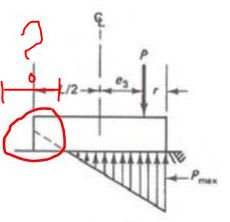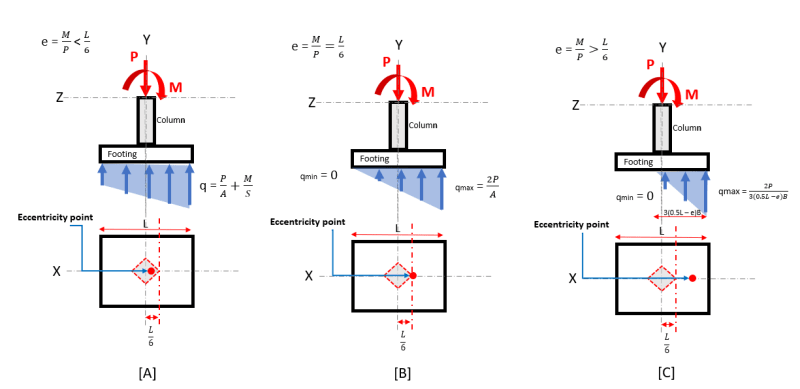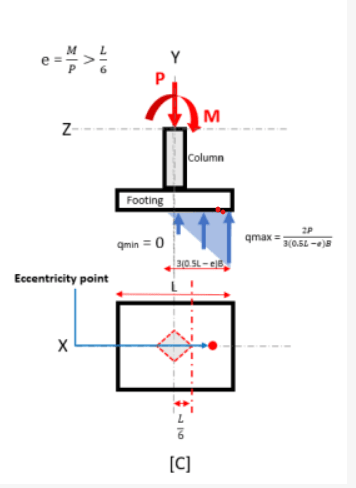Djidji444
Structural
- Mar 11, 2024
- 17
Hello,
Does anyone know if there is a limit according to the Eurocode in the sense of: what percentage of the foundation can be under 'tension' (i know that isn't real tension), but I have extremely eccentrically loaded foundation footing and I am interested in whether according to the Eurocode there is any limitation on how much of the foundation zone can be under negative pressure?
Thanks in advance for the answers.

Does anyone know if there is a limit according to the Eurocode in the sense of: what percentage of the foundation can be under 'tension' (i know that isn't real tension), but I have extremely eccentrically loaded foundation footing and I am interested in whether according to the Eurocode there is any limitation on how much of the foundation zone can be under negative pressure?
Thanks in advance for the answers.




